detail profile flora finch
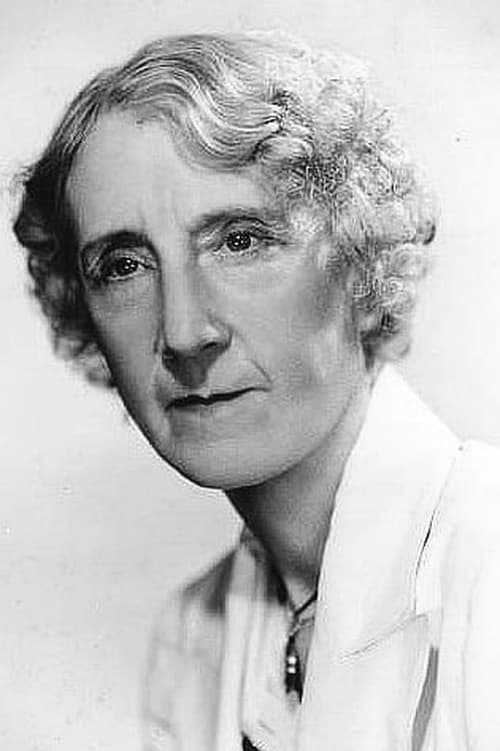
Flora Finch
Flora Brooks
atau dikenal sebagai
Riwayat Hidup
From Wikipedia, the free encyclopedia
Flora Finch (17 June 1867 – 4 January 1940) was an English-born vaudevillian, stage and film actress who starred in over 300 silent films, including over 200 for the Vitagraph Studios film company.
Finch was born into a music hall and travelling theatrical family in London and was taken to the United States as a young child.
She kept up the family tradition and worked in theatre and the vaudeville circuit right up until her 30s.
She had her first film roles at the American Mutoscope and Biograph Company starting in 1908.
There she worked with Fatty Arbuckle, Mack Sennett (with whom she was romantically involved for a short time) and Charlie Chaplin amongst others.
Starting in 1910 at Vitagraph, she was paired with John Bunny for the first of 160 very popular shorts made between 1910 and 1915.
These shorts, known as "Bunnygraphs", "Bunnyfinches", and "Bunnyfinchgraphs", established Finch and Bunny as the first popular comedy team in films.
The duo became a short-lived trio, when Mabel Normand arrived at the studio.
After Bunny's death in 1915 she continued to make comedy shorts, but with less success.
She started her own production company, "Flora Finch Productions", but was never able to regain her popularity.
One of her best-known roles in the later silent years was Aunt Susan in Paul Leni's The Cat and the Canary (1927).
She found film work in the sound era, but only in small supporting parts.
The Scarlet Letter (1934) gave her one of her more substantial roles in sound films, and she had a cameo in one of Laurel and Hardy's best-known films Way Out West (1937).
Her last film was The Women (1939).
Info Pribadi
Peran Yang Di Mainkan Flora Finch
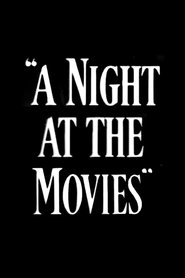 A Night at the Movies is...
A Night at the Movies is...A Night at the Movies 1937
A Night at the Movies is a short film starring Robert Benchley. It was Benchley's greatest success since How to Sleep, and won him a contract for more short films that would be produced in New York. In this comedic short, a man and his wife suffer through a night at the movies. The film was nominated for an Academy Award at the 10th Academy Awards, held in 1937, for Best Short Subject (One-Reel).
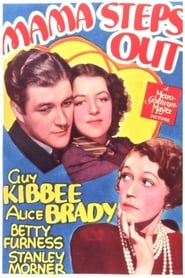 A Fort Wayne Indiana housewife Alice...
A Fort Wayne Indiana housewife Alice...Mama Steps Out 1937
A Fort Wayne, Indiana housewife (Alice Brady) drags her husband (Guy Kibbee) and daughter (Betty Furness) to Europe for culture.
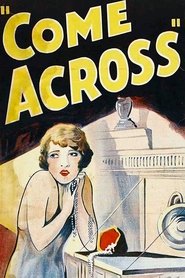 Mary a high society girl wants...
Mary a high society girl wants...Come Across 1929
Mary, a high society girl, wants to see how the other half lives, so she becomes a cabaret dancer in a New York nightclub. The owner of the nightclub, Pop Hanson, and his criminal friends, Harry and Cassie, scheme to rip off a Montana millionaire. Finding herself interested in Harry, Mary goes along with their plan and decides to pose as his wife. The gang moves into Mary's aunt's deserted mansion as their base of operations. A silent film with sound sequences.
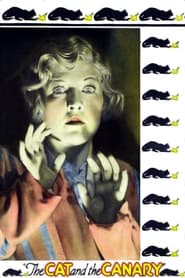 Rich old Cyrus Wests relatives are...
Rich old Cyrus Wests relatives are...The Cat and the Canary 1927
Rich old Cyrus West's relatives are waiting for him to die so they can inherit. But he stipulates that his will be read 20 years after his death. On the appointed day his expectant heirs arrive at his brooding mansion. The will is read and it turns out that Annabelle West, the only heir with his name left, inherits, if she is deemed sane. If she isn't, the money and some diamonds go to someone else, whose name is in a sealed envelope. Before he can reveal the identity of her successor to Annabelle, Mr. Crosby, the lawyer, disappears. The first in a series of mysterious events, some of which point to Annabelle in fact being unstable.
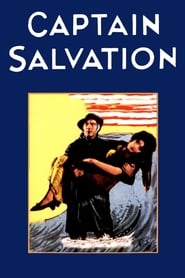 A young divinity student helps and...
A young divinity student helps and...Captain Salvation 1927
A young divinity student helps and protects a down and out prostitute, at the cost of his own standing in the community.
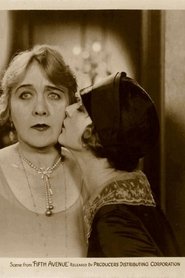 When her cotton crop is burned...
When her cotton crop is burned...Fifth Avenue 1926
When her cotton crop is burned, Barbara Pelham, a beautiful southern girl, comes to New York to find work as a fashion designer, staying with Mrs. Kemp, a woman she meets on the northbound train. In Mrs. Kemp's house, Barbara encounters Peter Heffner, a wealthy stockbroker, and discovers from him that she has taken up residence in a whorehouse. There is a police raid, but Barbara escapes arrest and returns home. Heffner's son, Neil, goes south to inspect some family property and there meets Barbara, with whom he falls in love. They decide to be married, and she accompanies him to New York, where she meets the elder Heffner for a second time. He denounces her as a whore, but Barbara goes to Mrs. Kemp, who explains the misunderstanding to everyone's satisfaction.
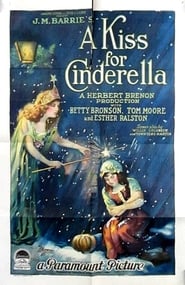 An adaption of a novel by...
An adaption of a novel by...A Kiss for Cinderella 1925
An adaption of a novel by Peter Pan author J.M. Barrie.
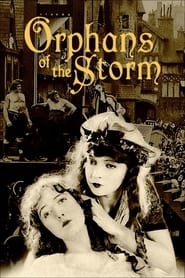 France on the eve of the...
France on the eve of the...Orphans of the Storm 1921
France, on the eve of the French Revolution. Henriette and Louise have been raised together as sisters. When the plague that takes their parents' lives causes Louise's blindness, they decide to travel to Paris in search of a cure, but they separate when a lustful aristocrat crosses their path.
 To start a little in advance...
To start a little in advance...The Little Minister 1913
To start a little in advance of our story, Lord Rintoul, of the English nobility, finds a little Gypsy girl three years old, who had been deserted by her parents. Fifteen years later, Gavin Dishart, the Little Minister, receives an appointment, his first, at Thrums, Scotland. This was made possible through the self-sacrifices of his widowed mother, to educate him for the ministry. The community of Thrums is made up of weavers, who work hard, have little and accomplish much. They are ultra-religious and look upon their pastor with such reverence that he is a little lower than the angels. While naturally intelligent, they are grounded in dogma and intolerance. Just after the Little Minister takes charge of the "Auld Licht Kirk" and the Manse, the weavers resent a reduction, by the manufacturers, in their pay and a strike is declared.
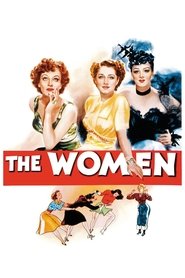 A happily married woman lets her...
A happily married woman lets her...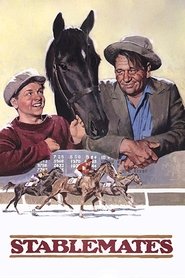 A boozy former veterinarian and a...
A boozy former veterinarian and a...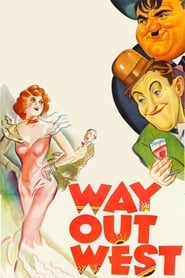 Stan and Ollie try to deliver...
Stan and Ollie try to deliver...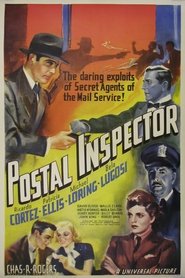 Postal inspectors track down money stolen...
Postal inspectors track down money stolen...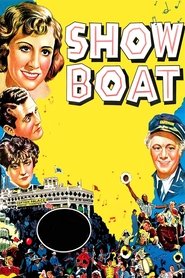 Despite her mothers objections the naive...
Despite her mothers objections the naive...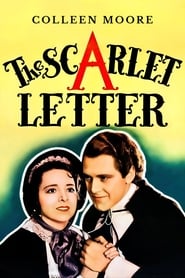 In the seventeenth century in Massachusetts...
In the seventeenth century in Massachusetts...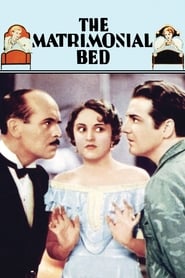 Five years after Adolphes death in...
Five years after Adolphes death in...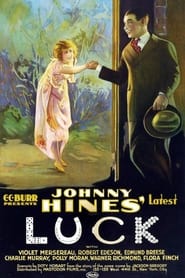 A young man is bet 100000 that...
A young man is bet 100000 that...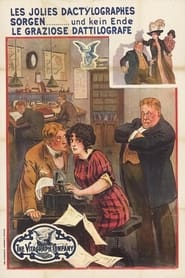 A comic oneact film featuring the...
A comic oneact film featuring the...